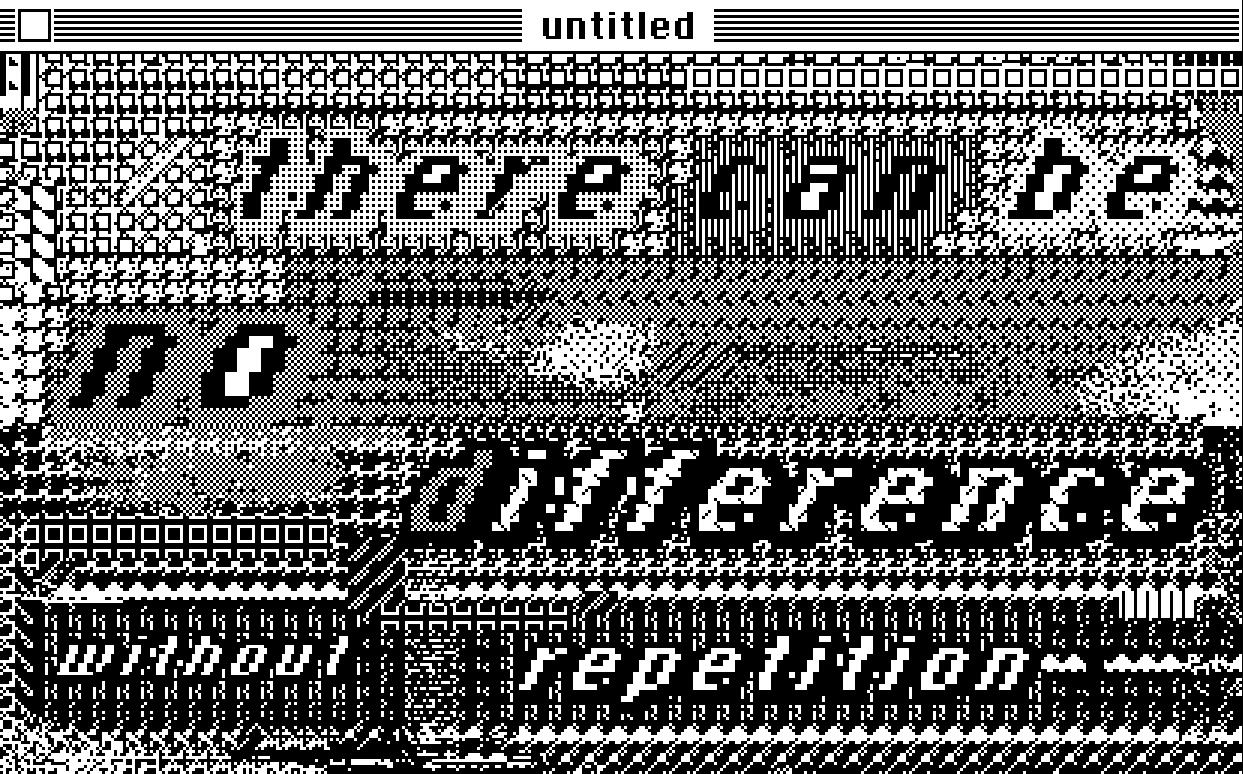
A couple of weeks ago, I started a vimeo group called artifacts. This group is for videos that center around (digital) artifacts like glitch, compression, noise and feedback. Preferably used conceptually in both the music/sound and visuals of a video. I created this group because I am doing research in artifacts and I want it to be some kind of repository of footage that is significant for the kind of videos I am doing research in. As the amount of members and videos has been growing steadily, I decided to start curating the group a bit more strictly and to describe more thoroughly what the group is about.
Even though the concept of noise has many meanings, mainly because it is often used as a figure of speech, for the purposes of this group noise is best understood as an undesirable disturbance or addition to the linear signal of useful data, or as I would like to suggest, a generative quality present in any communication medium, that shows itself as an artifact. While the communication process as described by Shannon and Weaver is reasonably linear, this static notion is undermined by the overall addition of noise, particularly during the encoding / decoding step, feedback and when the messages is corrupted whilst in transmission (due to for instance the addition of noise). These interruptions involve their own technical specificities and appearances, which are often understood as artifacts (errors or misrepresentations) that obscure the original information.
The word artifact stems from the Latin words ars and facere, which, put together, mean as much as ‘artificially made’ (made by human practice). The use of the word has changed over time, and differs per context. In archeology, an artifact is something that is uncovered by an
archeological endeavor. Artifacts are often called 'finds'; they are found objects. They are (normally) not created to be an artifact, but originate as a feature (of a time, a process, a culture). In archeology as well as in the digital age, the artifact is subject to many questions. These questions range from how artifacts represent the people of a time to who created the artifact and how and why?
In art-history, we see a growing tradition of music, video and intermedia artworks, in which artists make use of artifacts, to reflect on the techniques they use for their work. Sometimes these artworks research the technologies and their role in the communication process. On other occasions they are applied as a form of politics, critique, punk or simply as a celebration of the flawed. In any case, they can be used as the symbolic components that fuse the video and sound into a conceptual, synesthetic whole and, in doing so, create a new space for dialogue. So in the beginning there was noise, but today, noise is understood and recognised via many different categories, like feedback, compression and glitch artifacts.
Since I started curating the vimeo group, I ran into a couple of problems, for instance, sometimes I donot recognize artifacts as such, simply because they are not described as artifacts and they do not bear any resemblances to artifacts I already know. I am starting to become more and more aware of the fact, that for an artifact to be interesting (especially when it is not aesthetically pleasing) I need some kind of understanding of it. Either conceptually, or technically. If this is not the case, I can simply not 'connect' with it, it doesn't mean anything to me and I dismiss it.
So right now, I am curating artifacts that I can connect with, either because the maker has explained the process or because the video spoke for itself. This actually got me into the problem of explaining this dictatorial way of curating to the rest of my vimeo-group-members. Are vimeo groups made for this kind of use? Or is an open community like the artifact group supposed to be more democratic?



No comments:
Post a Comment